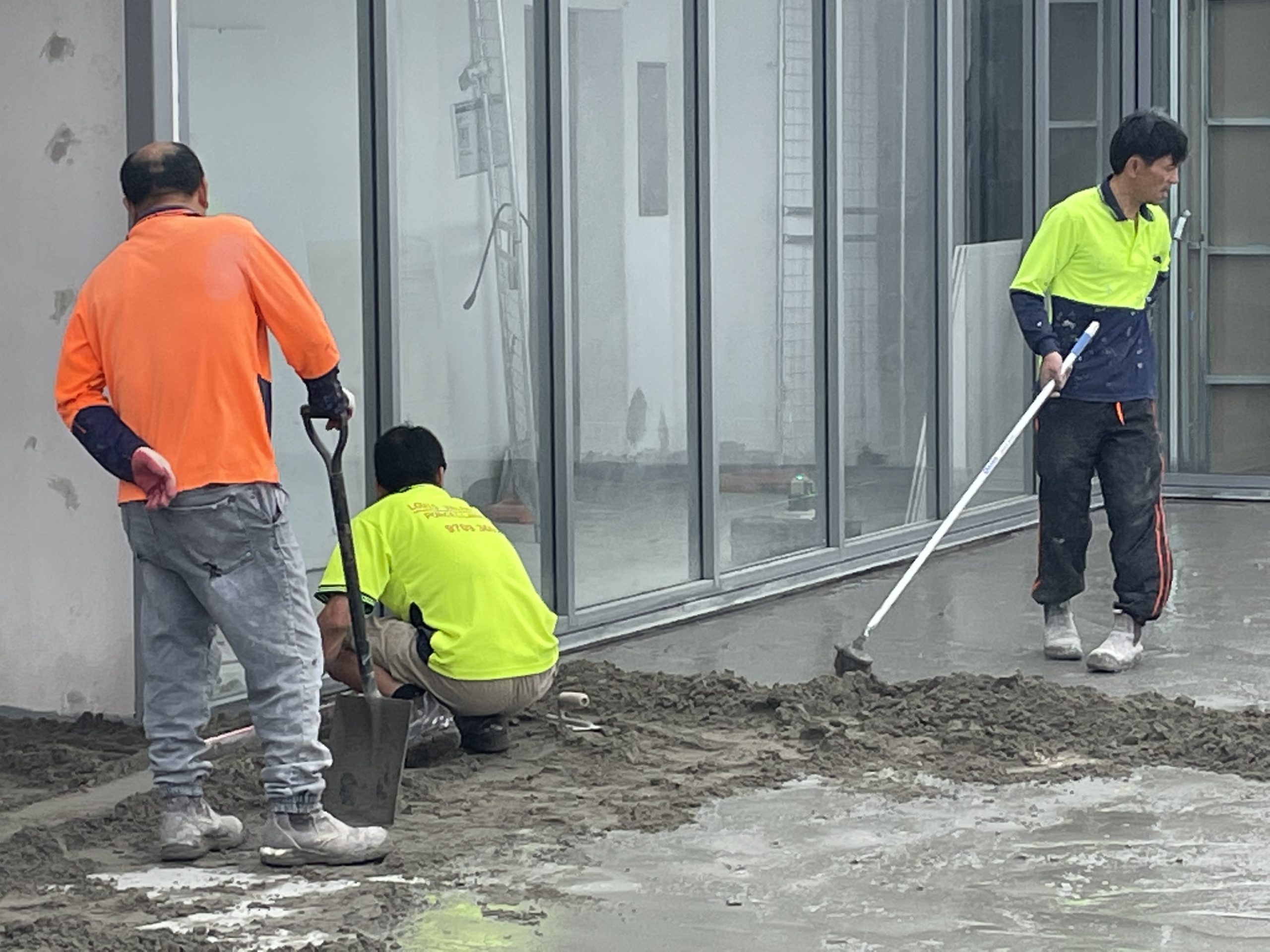Vinyl flooring attracts numerous homeowners for various reasons, which include affordability, durability, and easy care. Moreover, vinyl floors may demand periodic replacement when you want an aesthetic upgrade or repair damage. When it comes to DIY house renovation tasks or installing new carpets, floor removal is important for a perfect and successful outcome. Here are some tips to help you with floor vinyl removal from your house effectively:
Prepare the Work Area:
Before you pursue the vinyl extraction process, evict the room from furniture, appliances and any other blockers. It provides enough room for activities and prevents damage to your belongings. Thus, a good shed plan is required. Moreover, put tape around nearby surfaces and fixtures as it will prevent dirt and spills and, in turn, from damaging them.
Assess the Flooring Type:
The vinyl flooring type installed in your house will guide you into the proper removal process. They are to be followed to prevent damage to your new flooring. Vinyl flooring should be either sheet vinyl or vinyl tiles. The size of sheet vinyl is in rolls, whereas vinyl fitting together is individual pieces with the subfloor. The removal procedure could be dependent on what kind of flooring you have.
Start with a Corner:
To initiate the floor vinyl removal, start with a corner of the floor. Gently take the vinyl piece off using a putty knife or floor scraper. In case you are working with vinyl tiles, you might come to a point where you should heat the adhesive. For that, use a hairdryer or a heat gun before you pry the tiles off. Take time and be gentle so that the subfloor and the adjacent coverings are not damaged.
Work in Sections:
At the start, once a segment of the vinyl is lifted, work with small sections. You need to peel off the material without the vinyl rolling up. Try to combine hand tools like putty knives, floor scraper or pry bars to loosen the vinyl. Think of creating space around the edges of the subfloor so that the vinyl can be removed easily. However, never carve or scratch the subfloor or bust any rails in the process.
Use Heat as Needed:
To successfully handle flooring made of vinyl, it is worth using heat when required. This heat will soften the adhesive, which will ease the removal process. Apply warmth using a heat gun or hairdryer to heat a few inches of the vinyl flooring. Do this by keeping yourself away from excessive heat and escaping damage. Heating the adhesive should make the film become softer, and therefore, lifting it should be now easy.
The Final Point:
In general, floor vinyl removal must be done with these important considerations in mind. It requires to be broken with several patient measures and the right toolkit. First, you can focus on a corner and then break it into sections, working from one room to flow into the next. Try to take advantage of any heat as required and clear away any sticky adhesive remnants. You need to inspect the subfloor and, finally, manage the materials properly, and the room is ready for new flooring installation. One thing you need to address is whether you are confident in undertaking this project by your sole means. But in case you have any reservations, ensure you take on the help of a flooring contractor like United Trade.



